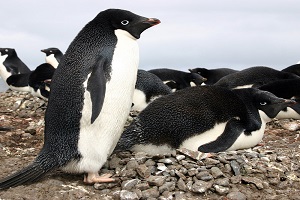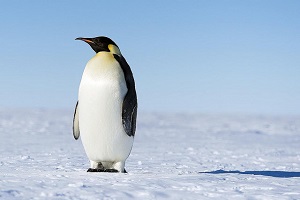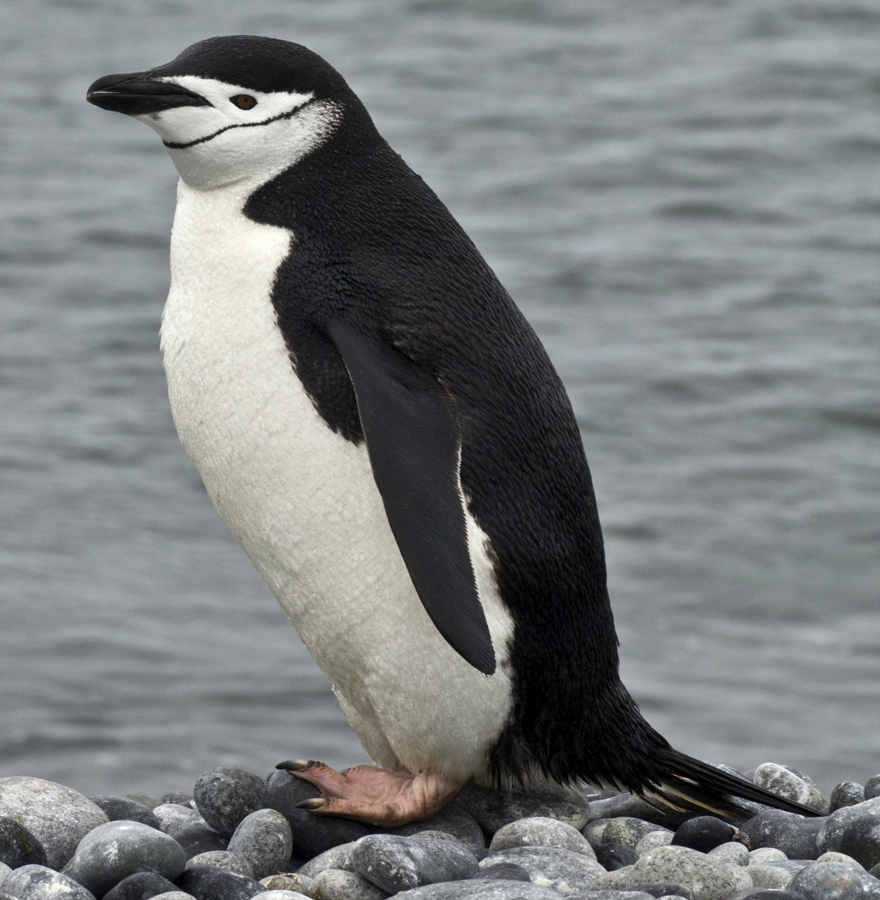Penguin Facts!

Adélie Penguins live in Antarctica. They also are found sprinkled across many small islands near the coast, as they can easily travel to and from mainland to the islands. Since the winter is so harsh, they spend their time in the winter away from Antarctica, and live offshore. They eat krill, fish, squid, and are able to dive as deep as 575 feet (175 meters)! They can swim very well, and are able to travel up to 185 miles (300 km) just to get food. It is hard to distinguish between Adelie penguin's genders. Both the male and female take turns keeping the eggs warm and safe from predators. These little penguins once they are born will swim at about 9 weeks.

Emperor Penguins are one of the toughest birds and animals in the world. They have to endure extreme temperatures (up to -76 degrees fahrenheit, or -60 degrees celcius). They must work together as a group with other penguins to survive. Cooperation is a must-- if they don't work together, they will die. Emperor penguins spend an extremely long amount of time on the ice. The female Emperor will typically lay an egg, leave it behind, and go hunting for up to two months. Females sometimes have to travel up to 50 miles (80 km) to find food! Emperor penguins can also travel up to 1,850 feet (565 meters) and can stay under water for more than 20 minutes, making them the deepest diving bird in the world. Male Emperors are supposed to keep the eggs warm, but they don't sit on them. They insetad protect the eggs by balancing them on their feet and covering them with their pouch. Newborn chicks can die in minutes if they are not kept warm.

Fiordland Penguins are one of the smallest members of the penguin family! They have a black back, head, and throat, with an orange bill and yellow-ish hair on their head. Males and females look similar, where the only distinguishable feature between the two being that the young birds have paler cheeks and smaller crests. They spend much of the year alone in the sea just looking for fish and other food. Near mating season in June or Jully, they are monogomous. The incubation period for these bird eggs is about 4-6 weeks, and since they lay two eggs, they expect both eggs to hatch at the same time. Usually, the smaller chick will die because they cannot get enough food to feed both. The male usually defends the baby, whille the female looks for food.

